The Cradle of Spanish Witchcraft
Wednesday, November 10, 2021 @ 4:03 PM
The town of Zugarramurdi on the Basque border in northern Spain may be small but during the 17th century Spanish Inquisition the rural settlement was the focus of one of the largest witch trials in history which ended in the deaths of countless innocents and it is the folk beliefs and lives of these victims that are remembered in the Zugarramurdi Witch Museum.
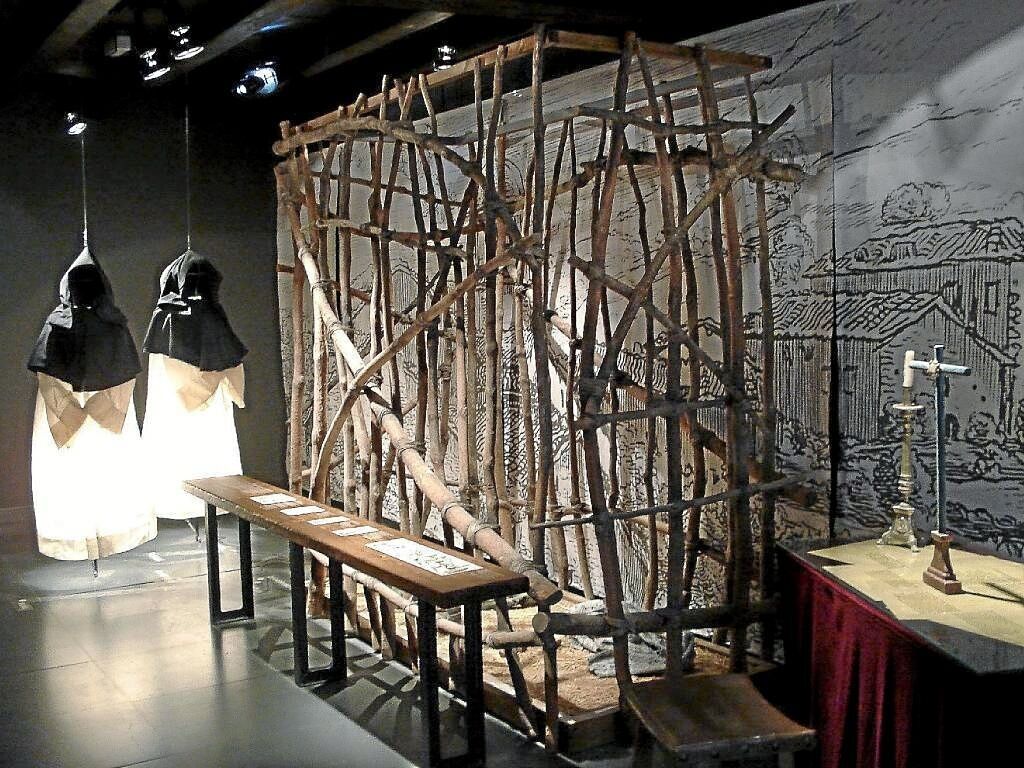
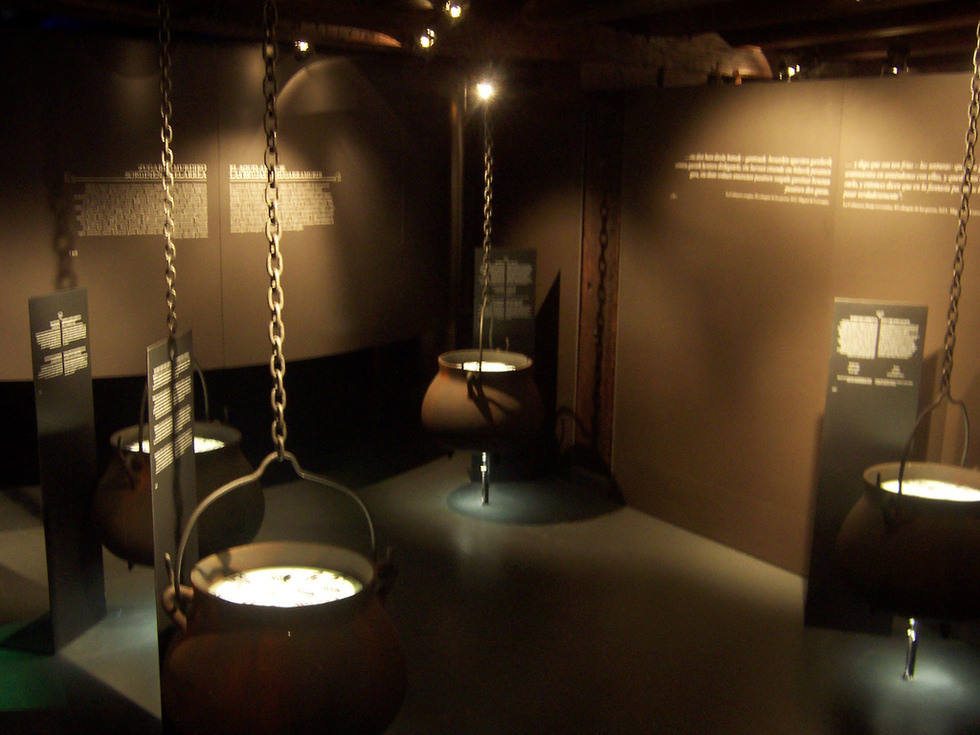
During the Spanish Inquisition, a wide variety of non-believers and accused heretics were punished and one of the centers of this persecution was the small town of Zugarramurdi which contains a large series of caves said to be home to all manner of witchcraft and sorcery. The caves themselves were carved by the Olabidea stream which is said to originate in Hell itself, which may be where the stories of witchcraft began. However the haunting space could easily be taken for a hotbed of black magic via its atmosphere alone.
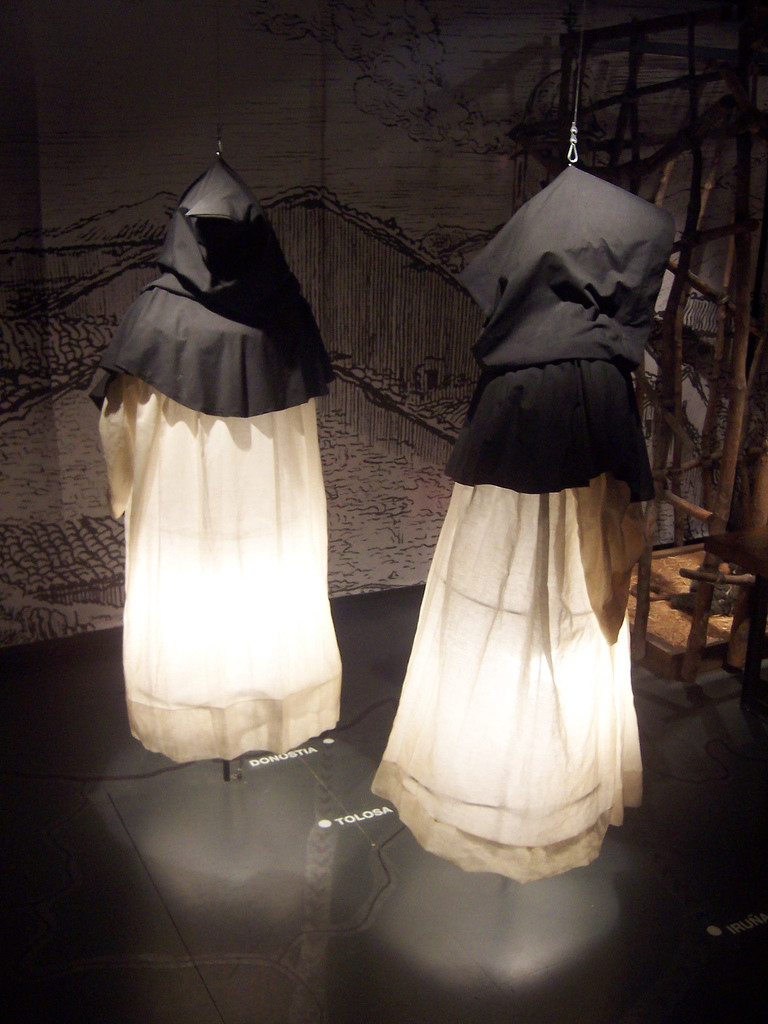
According to popular belief, during the 17th century (and before) these wide rock enclosures were witness to bonfires, wild parties, and other generally pagan festivities staged by the town locals. Whether true or not, the caves and the town of Zugarramurdi caught the attention of the Spanish Inquisition's witch hunters who investigated the area. After identifying the area to be rife with supposed witches, the Inquisition rounded up the accused and tried them in nearby Logroño in the largest trial of its kind in history. In the end, over 7,000 individual cases were tried, mainly focusing on female accused, although a great deal of men and children were included as well.
Ever since the trials, Zugarramurdi has been associated with witchcraft and today the town embraces their pagan heritage with such sites as the witch museum. The museum, which is housed in the town's former hospital, was established in 2007 and features a number of displays illustrating both the reality and myth surrounding the local witches. There are "floating" dresses and cauldrons and goats heads on display, giving the proper due to the folk beliefs of the area and also the misconceptions of the witches. In contrast there are also displays exploring the role of the female herbalist which was most often associated with witchcraft. There is also a film explaining the process behind the 1610 trials.


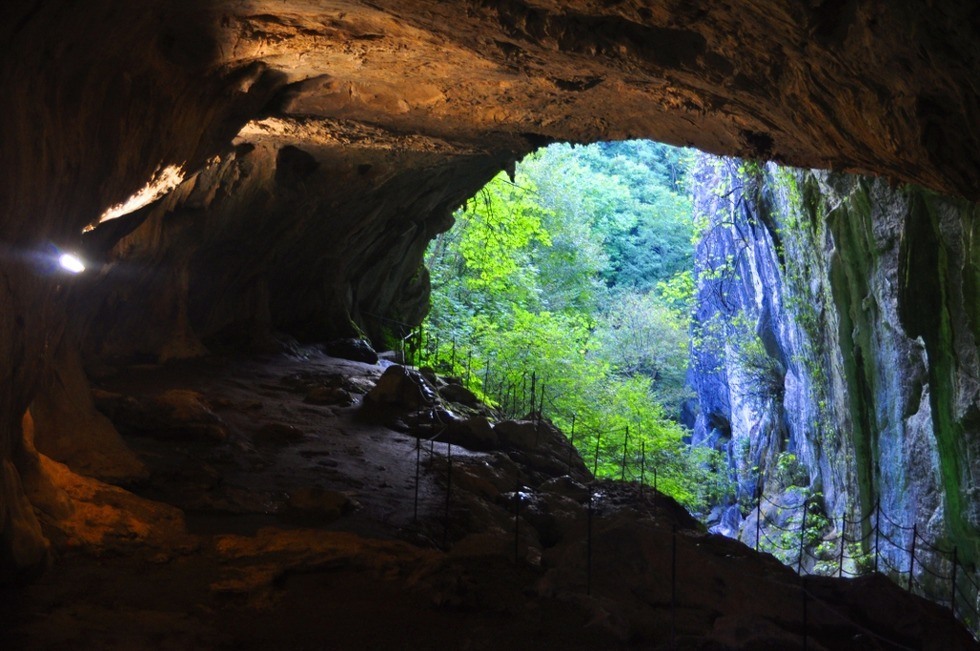
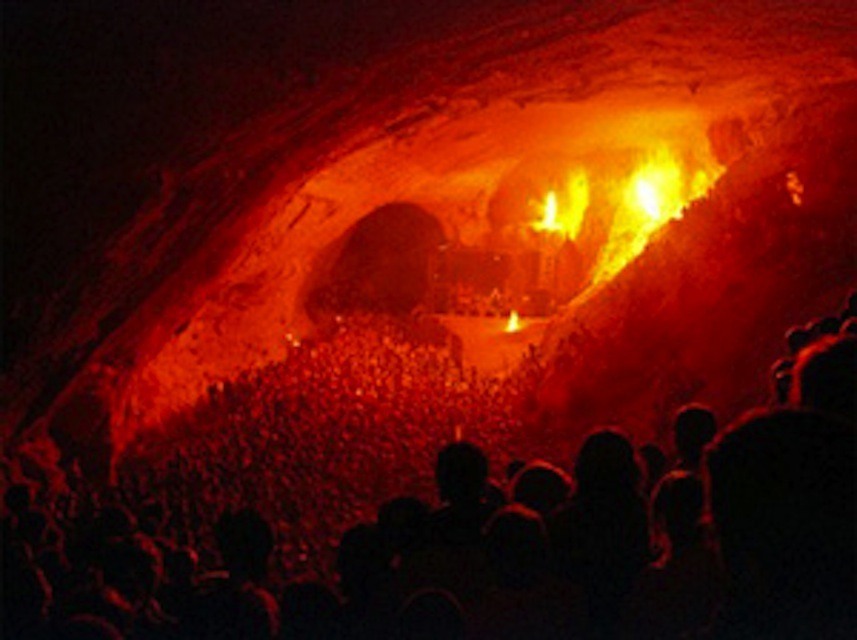
The Zugarramurdi Witch Museum also takes part in the annual celebration of the summer solstice held in the nearby caves. The town seems to have taken back its identity not by distancing itself from its historic tragedy, but by embracing its legacy, warts and all.
You don't have to be registered to leave a comment but it's quicker and easier if you are (and you also can get notified by email when others comment on the post). Please Sign In or Register now.